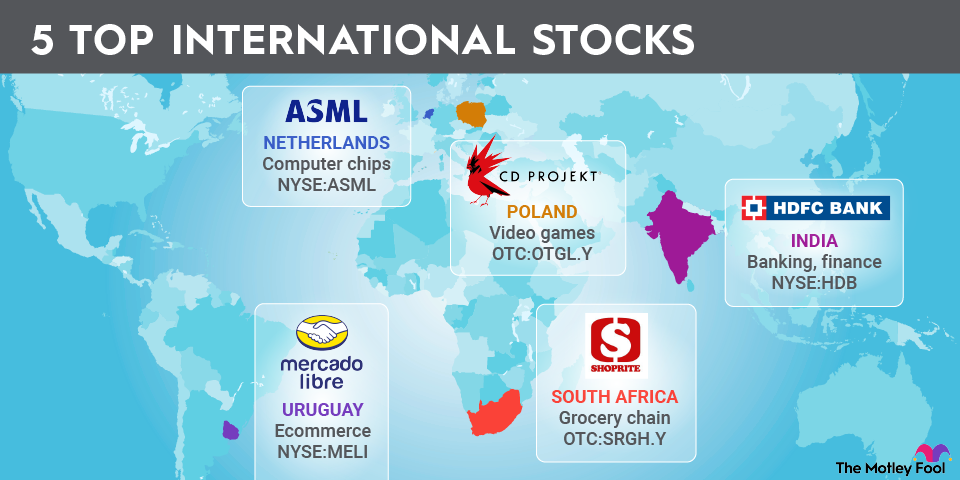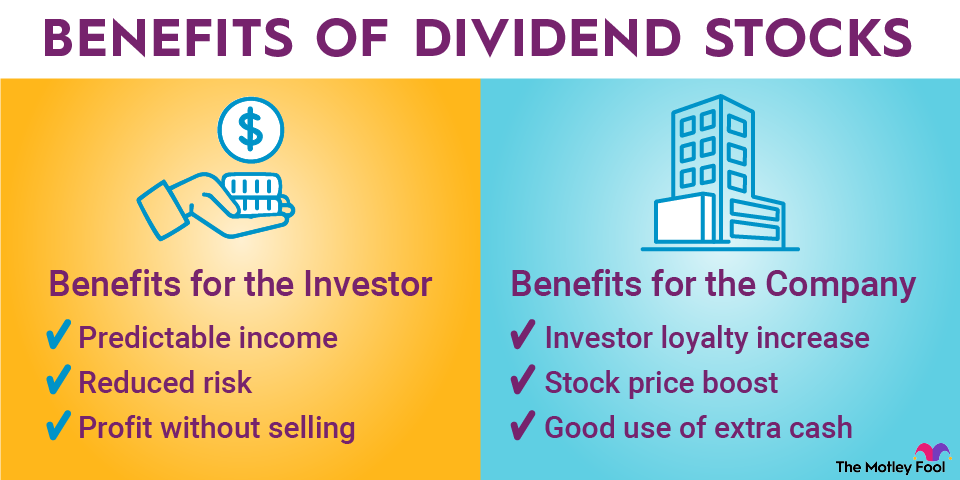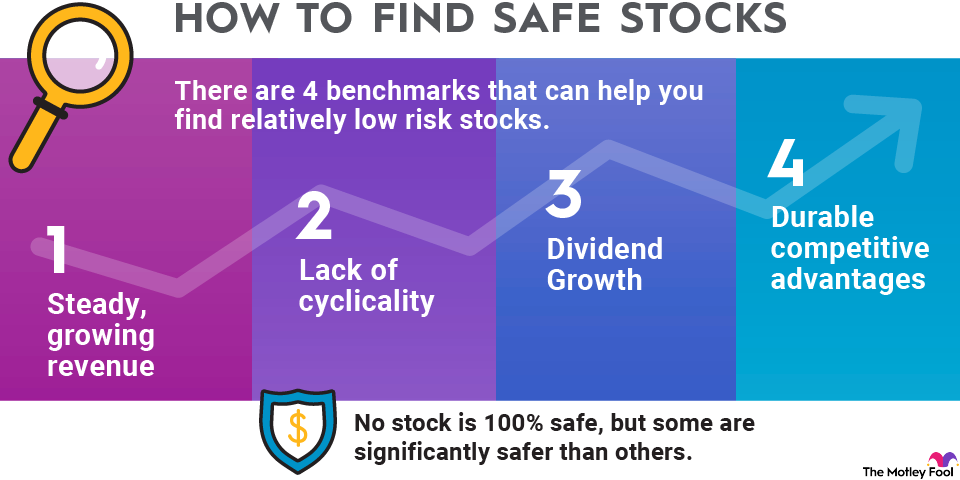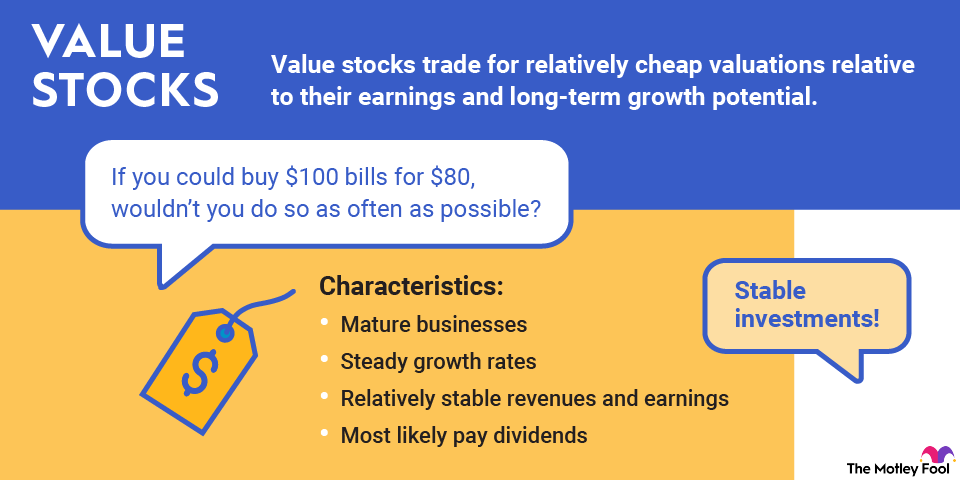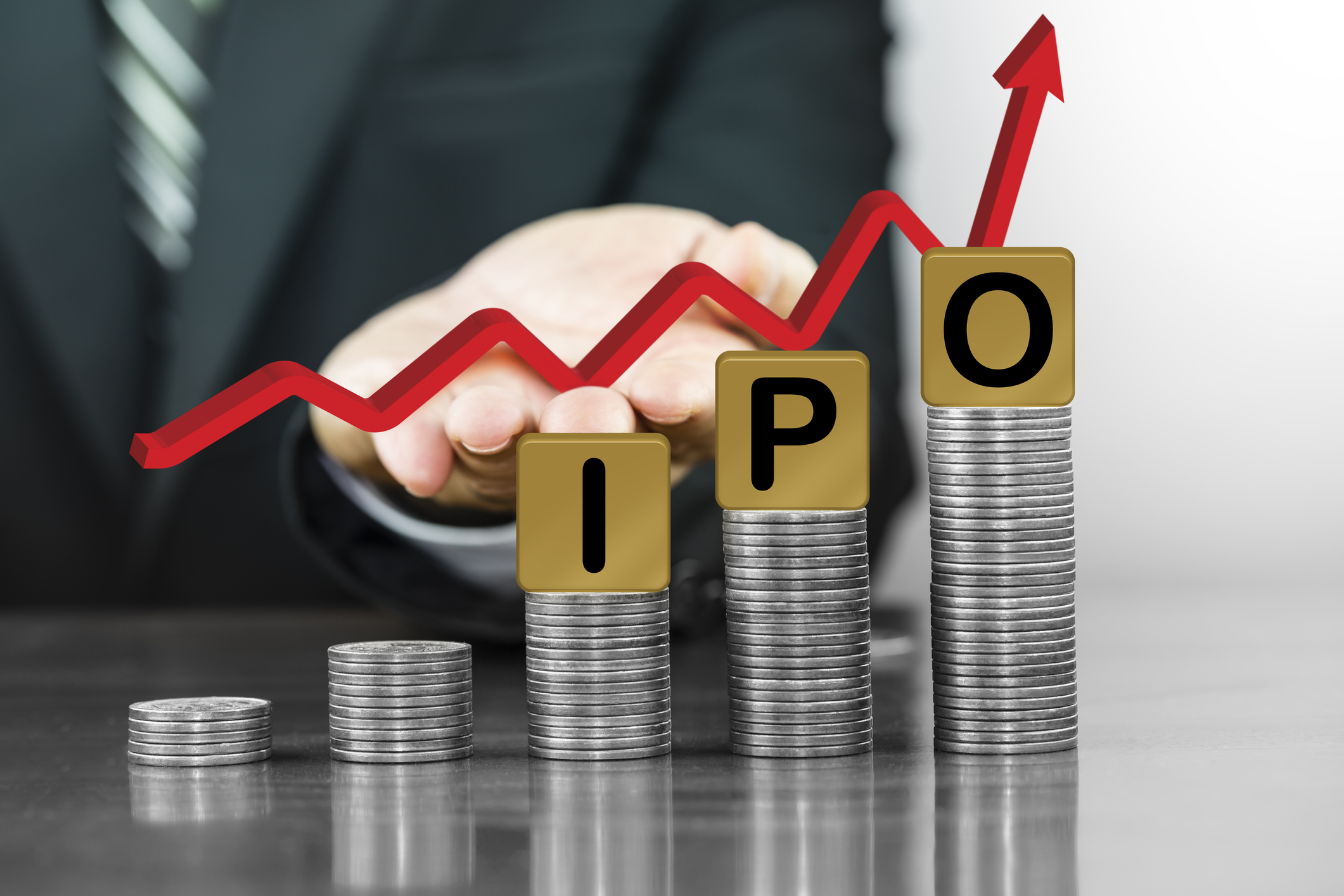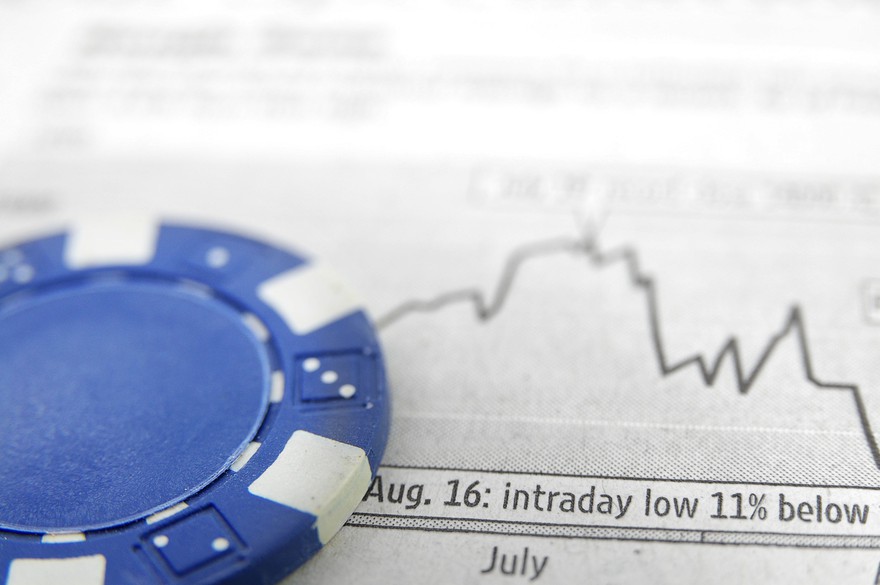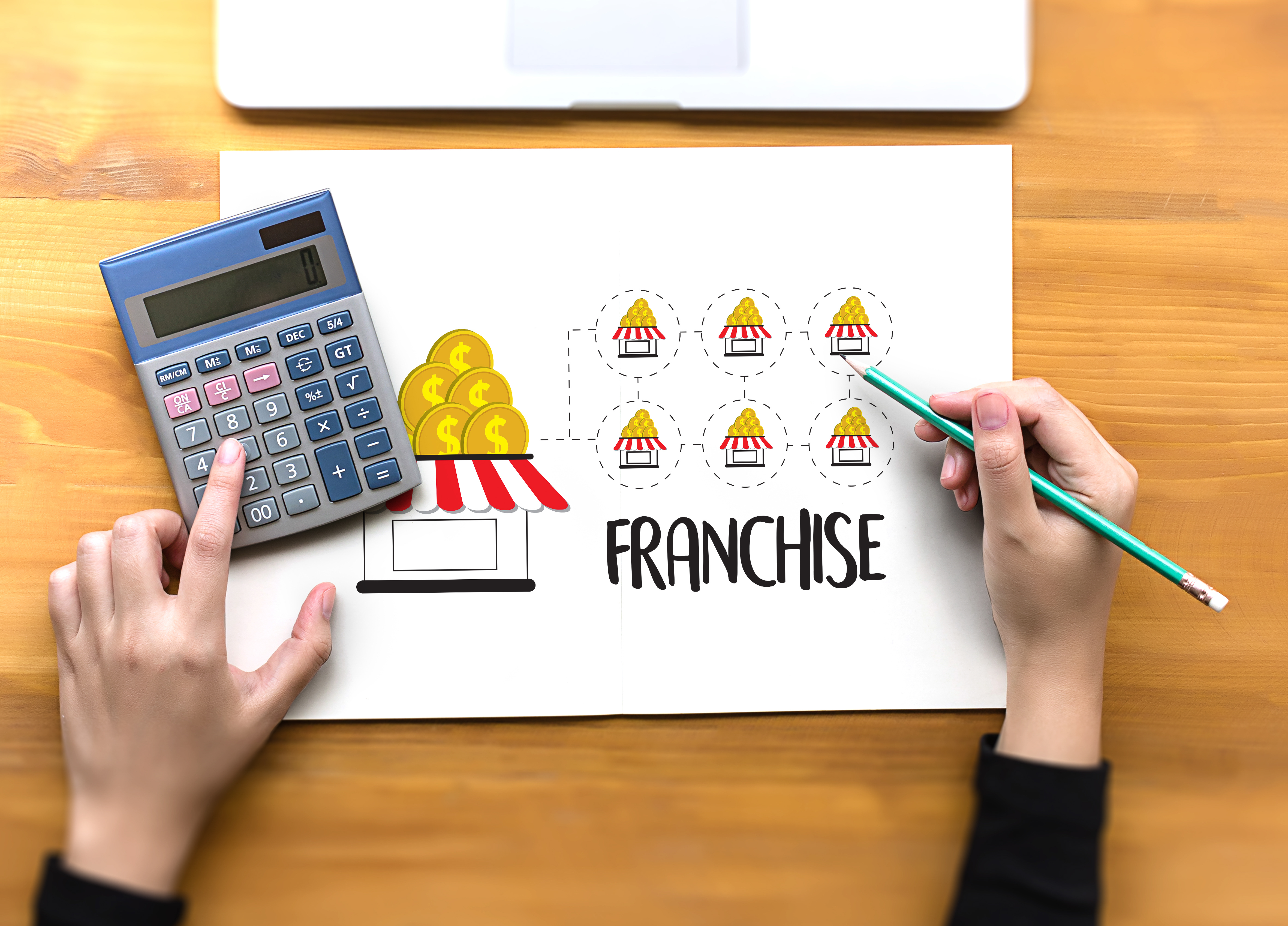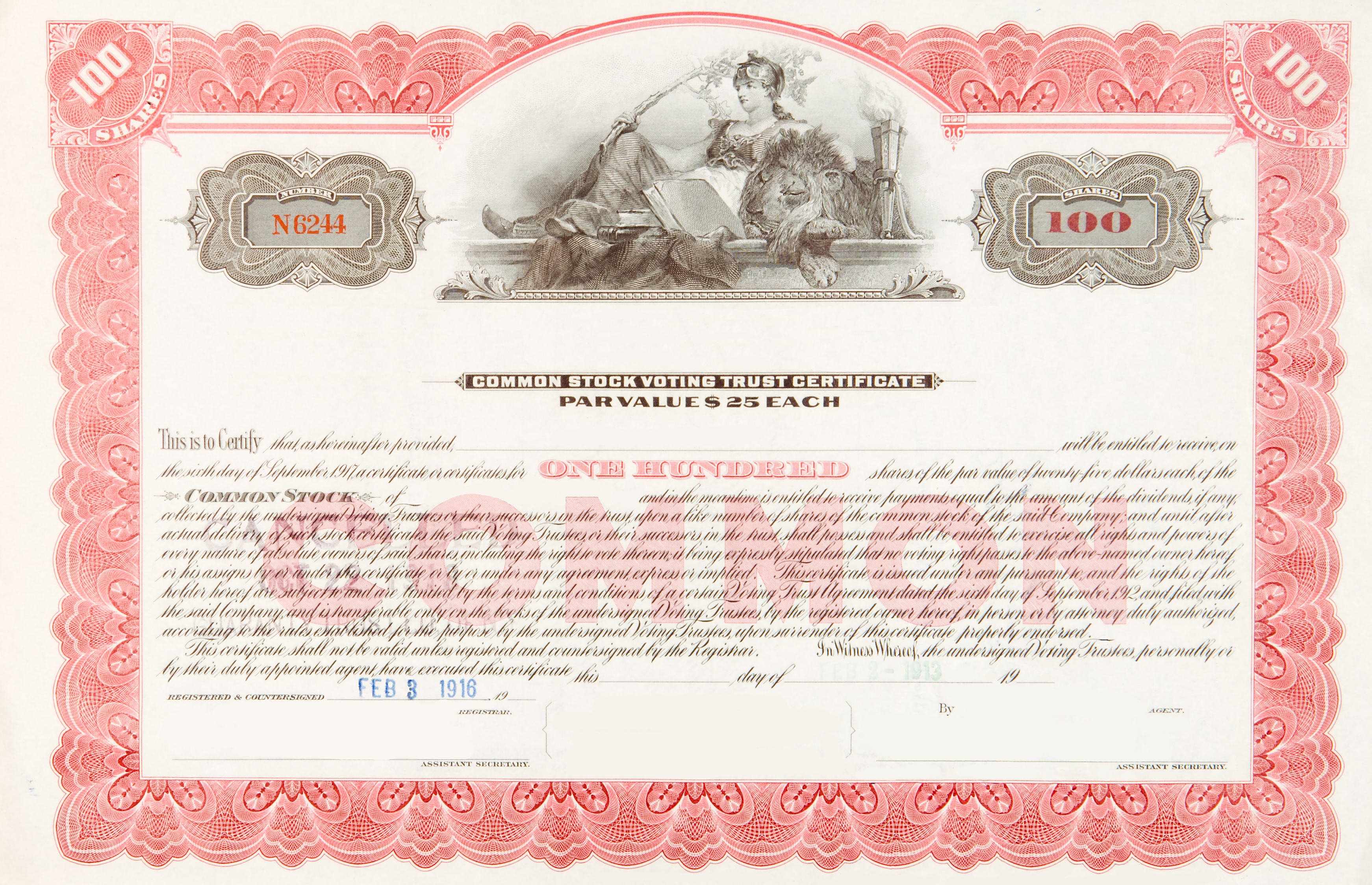Common stock represents an ownership stake in a company; however, this category of stock has the lowest priority for repayment in the event that assets are liquidated in bankruptcy to pay debts and fulfill other obligations. Assets can increase the value of a company over time, while liabilities are debts that must be paid or goods and services obligations that must be fulfilled. Investors may wonder where common stock fits into the equation.
It's easy to see why a stock might be considered an asset. A stock's share price can increase, reflecting a rising valuation for the company. It's also easy to see why one might consider a stock a liability. Companies sometimes take on debt to buy back their own stock or use stock for employee compensation or acquisition deals. The fact that another class of shares, known as preferred stock, can function similarly to bonds further muddies the waters.
So, can common stock be classed as either an asset or a liability? Common stock is neither an asset nor a liability; common stock is an equity.

What makes common stock an equity?
Common stock is a type of security that represents an ownership position, or equity, in a company. When you buy a share of common stock, you are buying a part of that business. If a company were divided into 100 shares of common stock and you bought 10 shares, you would have a 10% stake in the company. If all the company's assets were converted into cash and all its liabilities were paid off, you would receive 10% of the cash generated from the sale.
Public companies need extra cash for many purposes, including upgrading production facilities, expanding into new markets, and pursuing acquisitions. One of the easiest ways to raise money is through issuing common stock, which comes with both advantages and disadvantages when compared to taking out a traditional loan.
Unlike a loan, cash generated from stock issues doesn't have to be paid back. Instead, when a company offers stock, it confers ownership of a portion of the business to the buyer. In issuing its common stock, a company is effectively selling a piece of itself. The stock purchasers give up cash and receive a small ownership stake in the business in exchange. The holders of common stock's ownership position is known as equity.
Preferred stock is also an equity and is the other main category of shares aside from common stock. Despite what its name might suggest, preferred stock does not come with voting rights, but these shares have higher priority for dividend payments and cash returns in the event that a business's assets are liquidated in bankruptcy.
How common stock appears on the balance sheet
A company's balance sheet will list the total number of outstanding shares of common stock that it had as of its latest reporting period. Balance sheets will also list how many shares of common stock have been repurchased and retired through the company's treasury. Additionally, common stock can appear on balance sheets under the stockholders' equity section and can be part of a company's formula for calculating the total value of shareholder equity.
In the components-of-equity method for calculating shareholder equity, the value of common stock and other shares is added to retained earnings and accumulated other comprehensive income. The value of treasury stock is then subtracted from this sum to arrive at total shareholder equity. In the accounting approach for calculating shareholder equity, total liabilities are simply subtracted from total assets.
Accounting for common stock issues
The way a company accounts for common stock issuances can seem complicated. However, at its most basic level, the move simply involves crediting or increasing stockholders' equity. For this exercise, it's helpful to think of stockholders' equity as what's left when a company has paid all its debts, which is sometimes referred to as book value.
From the company's perspective, the transaction is recorded through traditional double-entry accounting that preserves the balance in the following equation:
Assets = Liabilities + Stockholders' equity
Related investing topics
The inflow of cash increases the cash line in the company's balance sheet. In other words, the company's assets rise. To balance out that accounting entry, stockholders' equity is credited by the same amount. This entry typically occurs in a line item called "paid-in capital."
If a company chooses to repurchase some of its common stock, its assets will decrease by the amount of cash it spends, even as stockholders' equity falls by the same amount. The only difference in this case is that the accounting entry for the debit is called "treasury stock."
Common misconceptions about common stocks
Owning common stock means that you hold an equity stake in a company and are entitled to a corresponding portion of its value and earnings, but companies rarely distribute all their profits directly to common-stock holders. Companies are not required to distribute profits to shareholders.
While companies may opt to pay dividends to common-stock shareholders and fund these payouts with business profits, these direct payments are at the company's discretion. Similarly, owners of common stock are not liable if the underlying business incurs a loss or goes bankrupt.
Common stock is also sometimes confused with assets, liabilities, and preferred stock. Assets are things owned by the business that can help increase the company's value, and liabilities are outstanding debts or product and service obligations to creditors and customers that must be met. Meanwhile, preferred stock is a category of stock that has higher priority when it comes to dividend payments and the distribution of equivalent cash value for the equity stake after liabilities have been fulfilled in bankruptcy.


